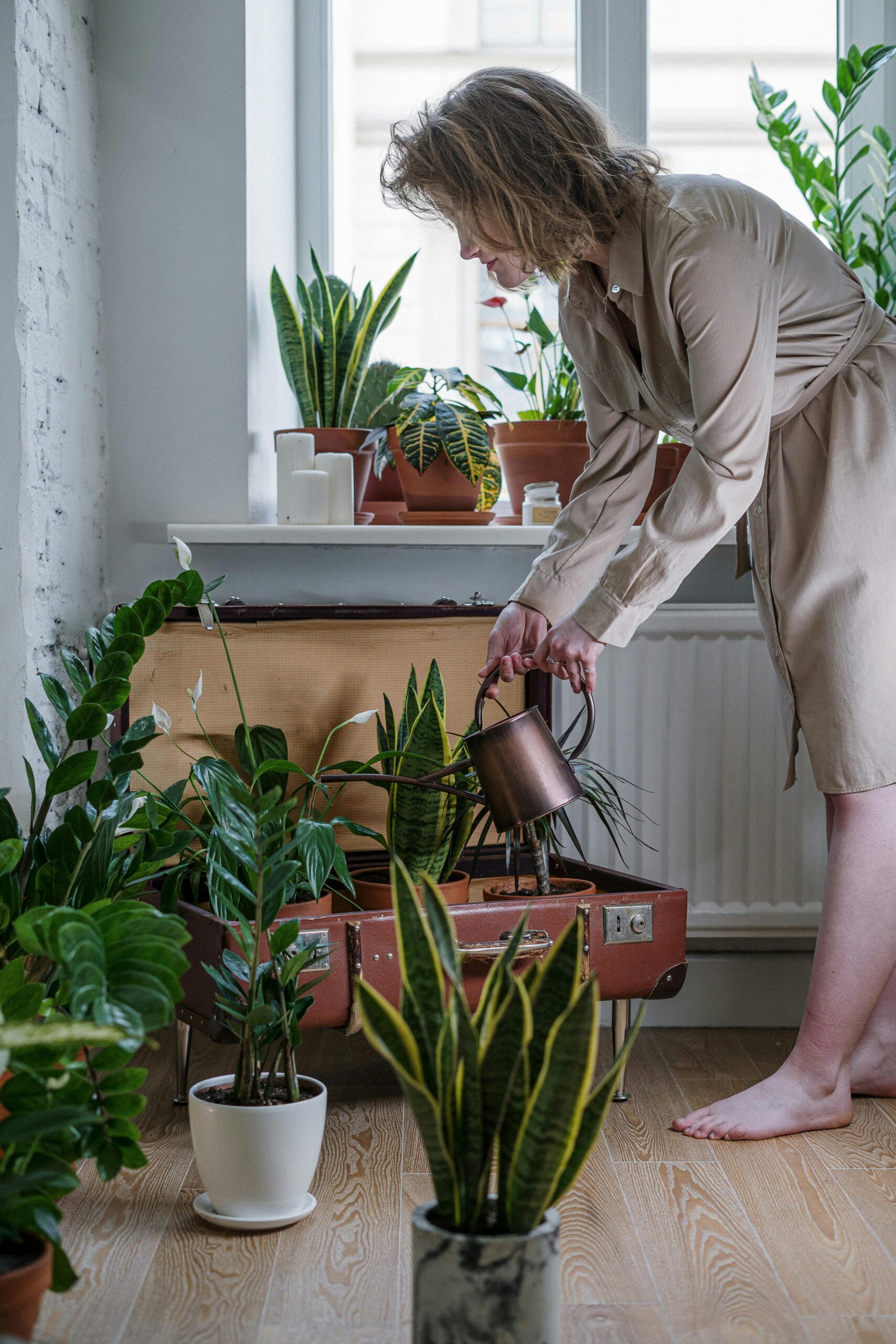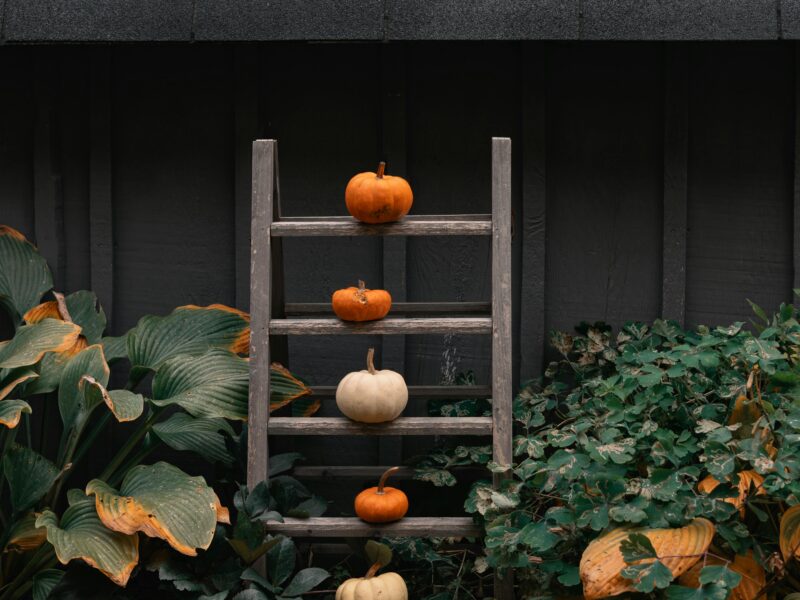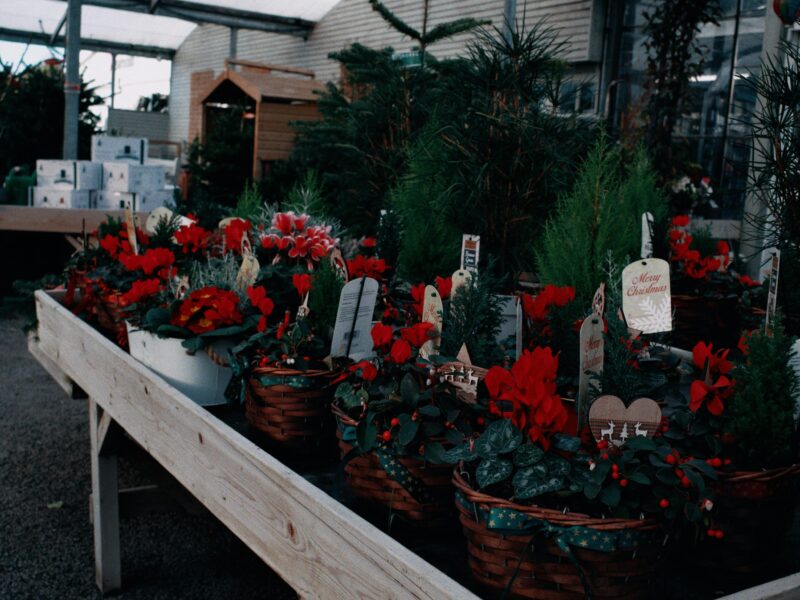A thriving garden is one that looks beautiful and produces bountiful harvests throughout the year. However, achieving this requires understanding the rhythm of nature and mastering the art of seasonal planting. By knowing what to plant and when, you can ensure that your garden is always alive with color, texture, and productivity, no matter the season. This guide provides tips on seasonal planting for year-round beauty, covering the best plants for each season and practical advice on creating a flourishing garden that transitions smoothly from one season to the next.
The Importance of Seasonal Planting
Seasonal planting is about selecting the right plants that thrive during specific times of the year and arranging them in a way that ensures continuous growth and beauty. It involves understanding the local climate, the specific needs of different plants, and how to manage your garden’s micro-environments (e.g., sun exposure, soil type, and moisture levels). By embracing seasonal planting, you can:
- Maximize Blooms and Harvests: Seasonal planting ensures that you always have plants blooming or producing, providing visual interest and fresh produce throughout the year.
- Reduce Pest and Disease Pressure: Rotating plants and choosing the right ones for each season can help reduce the prevalence of pests and diseases.
- Conserve Resources: Planting according to season helps optimize water use and reduce the need for fertilizers and pesticides, making your garden more sustainable.
- Enjoy a Dynamic Garden: A well-planned, seasonally planted garden evolves and changes throughout the year, offering new colors, scents, and textures that keep things interesting.
Spring Planting: Awakening Your Garden
Spring is a time of renewal and growth. As the weather warms and daylight increases, it’s the perfect season to plant a wide variety of flowers, vegetables, and herbs that will set the stage for a vibrant garden year-round.
- Flowers: Spring is ideal for planting bulbs like tulips, daffodils, and crocuses that bloom early in the season. Additionally, perennials like peonies, irises, and lupines can be planted in spring to provide beautiful blooms. Annuals such as pansies, marigolds, and petunias add bursts of color and can be planted after the last frost.
- Vegetables: Cool-season crops like lettuce, spinach, peas, and radishes thrive in the cool, moist conditions of early spring. As the weather warms, transition to warm-season crops like tomatoes, peppers, beans, and cucumbers.
- Herbs: Herbs like parsley, cilantro, chives, and dill thrive in the cool temperatures of spring. These herbs can be grown from seed directly in the garden or in pots.
Tips for Spring Planting:
- Prepare the soil by adding compost or organic matter to improve fertility and drainage.
- Mulch around plants to conserve moisture and reduce weeds.
- Keep an eye out for late frosts and be prepared to cover tender plants if needed.
Summer Planting: Sustaining Growth and Color
Summer brings heat and longer days, providing the perfect conditions for a wide range of sun-loving plants. It’s a season for bountiful harvests, vibrant flowers, and lush foliage.
- Flowers: Summer annuals like zinnias, sunflowers, cosmos, and geraniums are sun-loving and bloom continuously throughout the season. Perennials like coneflowers, daylilies, and black-eyed Susans provide long-lasting blooms that attract pollinators.
- Vegetables: Warm-season vegetables like tomatoes, peppers, eggplants, and squash thrive in the heat. Planting successive crops of fast-growing vegetables like lettuce, radishes, and beans will ensure continuous harvests throughout the summer.
- Herbs: Basil, thyme, rosemary, and oregano love the summer heat and grow vigorously. Herbs like mint and lemon balm also thrive, but they are best grown in containers to prevent them from spreading.
Tips for Summer Planting:
- Water deeply and consistently, especially during hot, dry periods. Consider installing drip irrigation or using soaker hoses to conserve water.
- Apply mulch to keep the soil cool and reduce evaporation.
- Deadhead spent flowers to encourage new blooms and extend the flowering period.
Fall Planting: Preparing for Winter and Next Spring
Fall is a time for planting hardy plants that can withstand cooler temperatures and provide color and interest as the garden transitions toward winter. It’s also the season to plant crops that will overwinter and provide an early harvest in spring.
- Flowers: Fall is the ideal time to plant perennials like asters, chrysanthemums, and sedums, which bloom in late summer and fall. Ornamental grasses, such as miscanthus and switchgrass, add texture and movement to the garden. Spring bulbs like daffodils, tulips, and hyacinths should be planted in the fall to ensure they bloom early next spring.
- Vegetables: Cool-season vegetables like kale, broccoli, cauliflower, and Brussels sprouts thrive in fall’s cooler temperatures. Root vegetables like carrots, beets, and turnips can be planted for a late fall harvest or to overwinter.
- Herbs: Hardy herbs like sage, thyme, and oregano can be planted in fall and will often survive through winter. Parsley and cilantro can also be planted in the fall for a harvest that continues into the cooler months.
Tips for Fall Planting:
- Clean up summer crops and debris to prevent pests and diseases from overwintering.
- Add compost to replenish nutrients in the soil after the growing season.
- Consider using row covers or cold frames to extend the growing season and protect tender plants from frost.
Winter Planting: Planning and Protecting
While winter may seem like a time of dormancy, there are still ways to keep your garden productive and prepare for the coming spring. Winter is a time for planning, protecting, and planting specific hardy crops.
- Flowers: While most flowering plants are dormant in winter, hardy options like hellebores (Christmas rose) and snowdrops can provide early blooms even in the coldest months. Evergreen shrubs and trees also provide color and structure throughout winter.
- Vegetables: In milder climates, winter planting includes hardy greens like kale, spinach, and mache (corn salad), which can be harvested throughout the winter. Garlic is traditionally planted in late fall and harvested the following summer.
- Herbs: Cold-hardy herbs like rosemary, sage, and thyme can survive mild winters. In colder climates, consider bringing herbs indoors to continue growing on a sunny windowsill.
Tips for Winter Planting:
- Use mulch, straw, or leaves to insulate the soil and protect roots from freezing temperatures.
- Water evergreens and other plants during dry winter spells, especially if the ground is not frozen.
- Plan next year’s garden by selecting seeds, drawing up planting plans, and preparing seed-starting materials.
Year-Round Gardening Strategies
To create a garden that offers beauty and productivity throughout the year, consider these strategies:
- Succession Planting: This involves planting crops in intervals to ensure a continuous harvest. For example, sow lettuce seeds every two weeks in spring and summer for a constant supply.
- Intercropping: Grow different types of plants close together to maximize space and reduce pest pressure. For example, plant fast-growing radishes between slower-growing carrots.
- Layering and Stacking: Plant tall, sun-loving plants in the back and shorter, shade-tolerant plants in front to make the most of vertical space and light.
- Seasonal Containers: Use containers to grow seasonal plants that can be moved around as needed. This allows for more flexibility in planting and rearranging plants throughout the year.
- Use of Cold Frames and Greenhouses: Extend your growing season with cold frames, cloches, or greenhouses that provide protection and warmth for tender plants.
Seasonal planting is both an art and a science that involves understanding the needs of different plants and the rhythms of nature. By strategically planning and planting for each season, you can enjoy a garden that is dynamic, productive, and full of life year-round. Embrace the cycles of the seasons, experiment with different plants, and watch your garden transform throughout the year. Happy planting!


